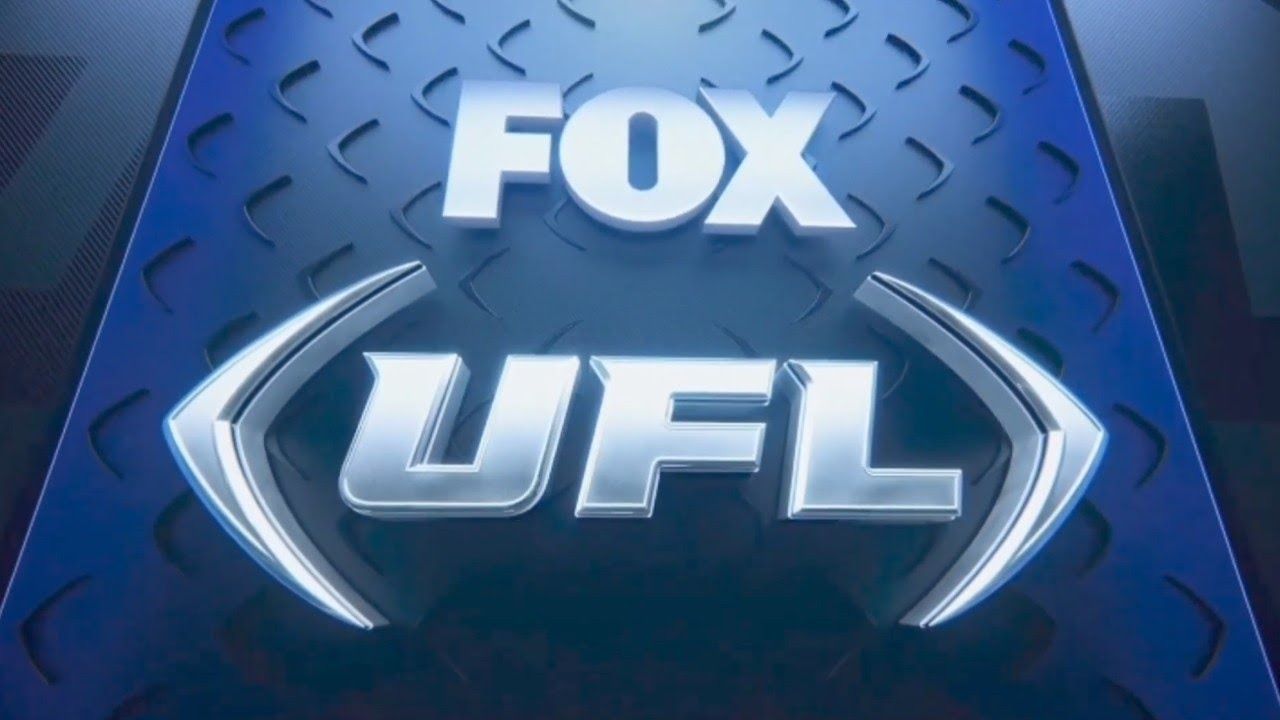
In March, the United Football League will kick off its second season on an unfamiliar night for the league: Friday. Friday nights will become a staple of the UFL’s regular season in 2025, airing on network television on FOX. It has the potential to open up a new audience to the UFL and its teams as the league continues to try to gain a foothold with fans.
Since 2019, WWE Smackdown called Friday nights on FOX home. They moved back to the USA Network this fall, opening up a prime time slot that FOX will be filling with sports programming. That began in September, when college football started airing on Friday nights, and will continue with college basketball into the winter. The UFL will take over in March, though until the full schedule is released, it’s unknown as to whether games will air every Friday, or only on select Friday nights.
The UFL’s season two ratings are one metric that will help decide its survival into a third year and beyond. Season one ratings were decent enough; growth will likely be expected, even if incremental. Of particular interest will be the ratings on the new night. Prime time on network TV is still considered prime real estate, held to a higher standard, even if the difference between network and cable TV has never been less meaningful than today.
After nine weeks of college football, we have some data points to look at when considering potential UFL ratings in the time slot and where those numbers could fall. I’ve created a chart showing the games that have aired on Fridays on FOX so far, along with total viewers, the 18-49 key demographic rating, and any notes that I felt were important to point out that could’ve affected the numbers.
This information came from a variety of sources, including Programming Insider, Dave Meltzer’s Wrestling Observer newsletter, Wrestlenomics Patreon, and Sports Media Watch.
| Date | Game | Viewers | 18-49 | Notes |
| 9/13 | Kansas State @ Arizona | 2.58m | .60 | Previous week final Smackdown on FOX: 1.770m, .45 in 18-49 |
| 9/20 | Illinois @ Nebraska | 4.213m | 1.05 | |
| 9/27 | Washington @ Rutgers | 1.929m | .38 | |
| 10/4 | Michigan State @ Oregon | 2.842m | .68 | 9pm EST start |
| 10/11 | Northwestern @ Maryland | 712k | .18 | Aired on FS1; preempted by baseball on FOX |
| 10/18 | Oregon @ Purdue | 2.147m | .48 | |
| 10/25 | Rutgers @ USC | 2.01m | N/A | 11pm EST start; World Series Game 1 lead-in drew 15.2m |
| 11/1 | No Game | N/A | N/A | Preempted for World Series game six, which was not needed; repeats of Masked Singer and The Floor drew 954k, .14 |
| 11/8 | Iowa @ UCLA | 1.891m | .35 | 9pm EST start |
A few observations:
1.) Throwing out the FS1 airing, the average across the seven games comes out to 2.516 million. That is skewed heavily by the 4.213 million game, as no other games crossed three million viewers. Tak

ing that number out, the other six games average 2.23 million. For reference, no UFL games in 2024 reached two million viewers, and the UFL Championship game scored 1.60 million.
Comparing a start-up league featuring teams only a few years old, to college football teams, some of which have over 100 years of history, would not be fair. Therefore, I don’t figure that the league or the network expect UFL ratings to approach what college football is drawing. I think they both would be ecstatic if the average hit two million for the year. Based on college football’s numbers, I think the two sides should be happy with 1.5 million.
2.) The range of viewership numbers here is wider than I expected, though it seems to have settled into a consistent span. There’s a bigger gulf with the 18-49 rating; the highest-rated game overall drew three time as many viewers in that demographic than the lowest-rated game. When you’re dealing with smaller sample sizes, as you are with the 18-49 numbers, it does somewhat make sense that the fluctuation can be bigger. Clearly who is playing matters at least somewhat when it comes to drawing viewership; I wouldn’t expect that to be the case for the UFL, which doesn’t have the kind of fanbases or casual fans yet that will seek out certain teams. That was reflected in last year’s viewership numbers, so depending of course on competition on other channels, I doubt we see the kind of wide ranges we’re seeing with college football.
3.) The final 10 weeks of Smackdown on FOX averaged 2.1556 million viewers, so college football on average is doing slightly more. While those numbers seem out of reach for the UFL, it’s important to remember that FOX was paying WWE $1.4 billion over five years to air Smackdown. The network’s college football and basketball contracts are similarly in the billions. Though the UFL is a costly project, the price tag for FOX doesn’t approach the cost of its other Friday night sports programming. Yes, those sports also air on other days of the week on other FOX stations, and FOX has a larger inventory of games for them, but the cost is a piece of the puzzle to consider when determining the success of this venture.
4.) It’s also worth comparing viewership numbers to regular FOX programming elsewhere during the week. The repeat programming when there was no game on November 1 show just how low it can get. Choosing a random week – this past week for instance, Wednesday November 6 through Tuesday, November 12 – shows that FOX averaged 1.59 million viewers in prime time. It’s a long way from when the XFL was ridiculed for ratings in 2001 that would top the charts today.
5.) Note the varied start times. The late night Rutgers at USC game that drew a 2.01 million average was likely helped by the World Series lead-in, as that’s a fantastic number for that late at night. The assumption is UFL games will fit into that prime time window by starting at 8pm EST each week. The UFL doesn’t have a presence out west, which could be an advantage here: No awkward start times in the pacific time zone that would cause attendance issues, and no start times on TV that could be considered too late for the rest of the country. It will be interesting to see if all games will start at 8pm EST or if some in the central time zone (where many UFL teams are located) kick off at 9pm EST.
I’ll address this topic again when the college football season concludes and college basketball games can be added to the chart. When the UFL announced it would be playing on Friday nights, fan reaction seemed mixed. There’s no telling whether this move will be a success or not, or how success will even be defined. The numbers above simply give us a road map on the path to the UFL’s March 28 kickoff.


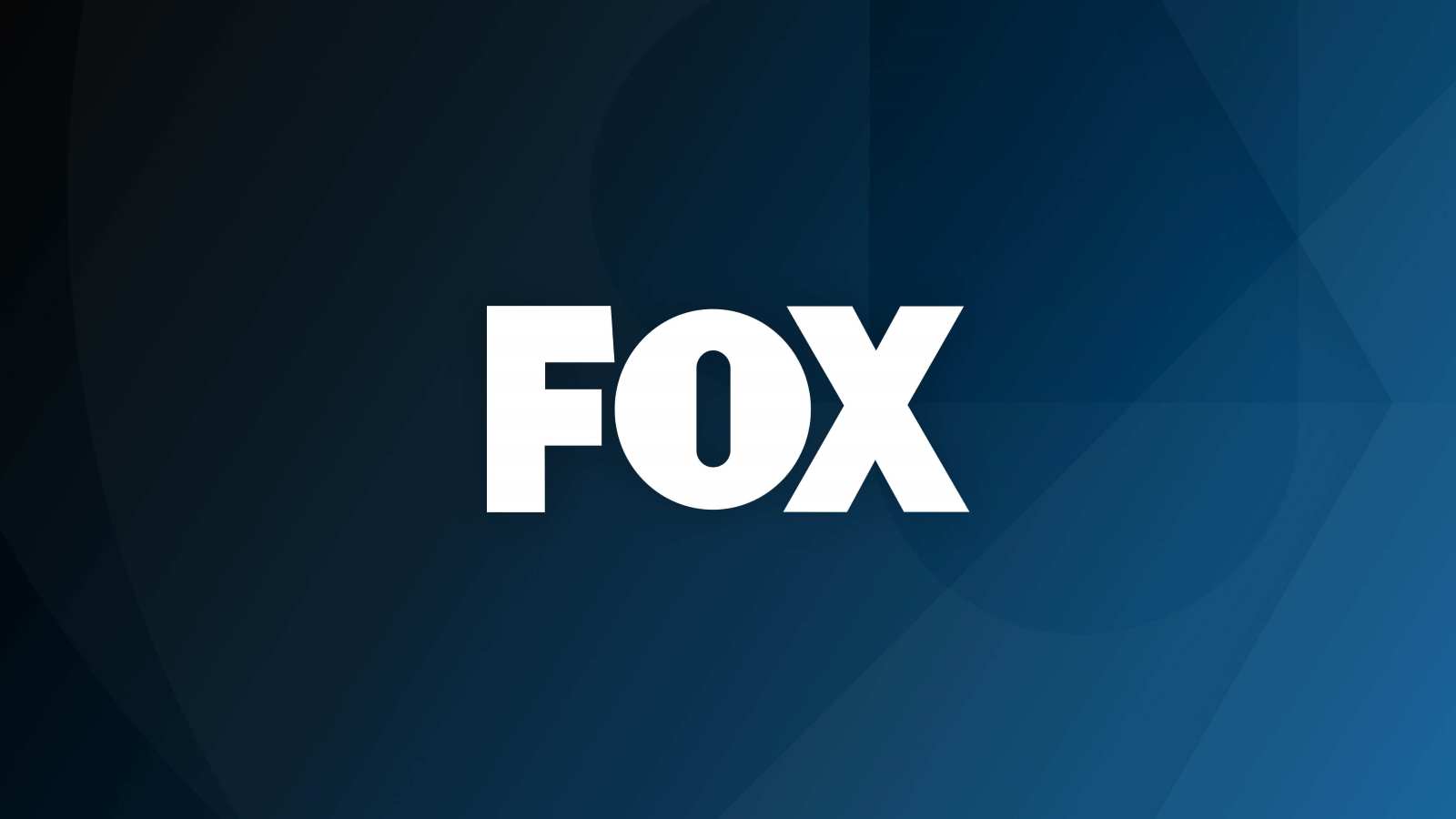
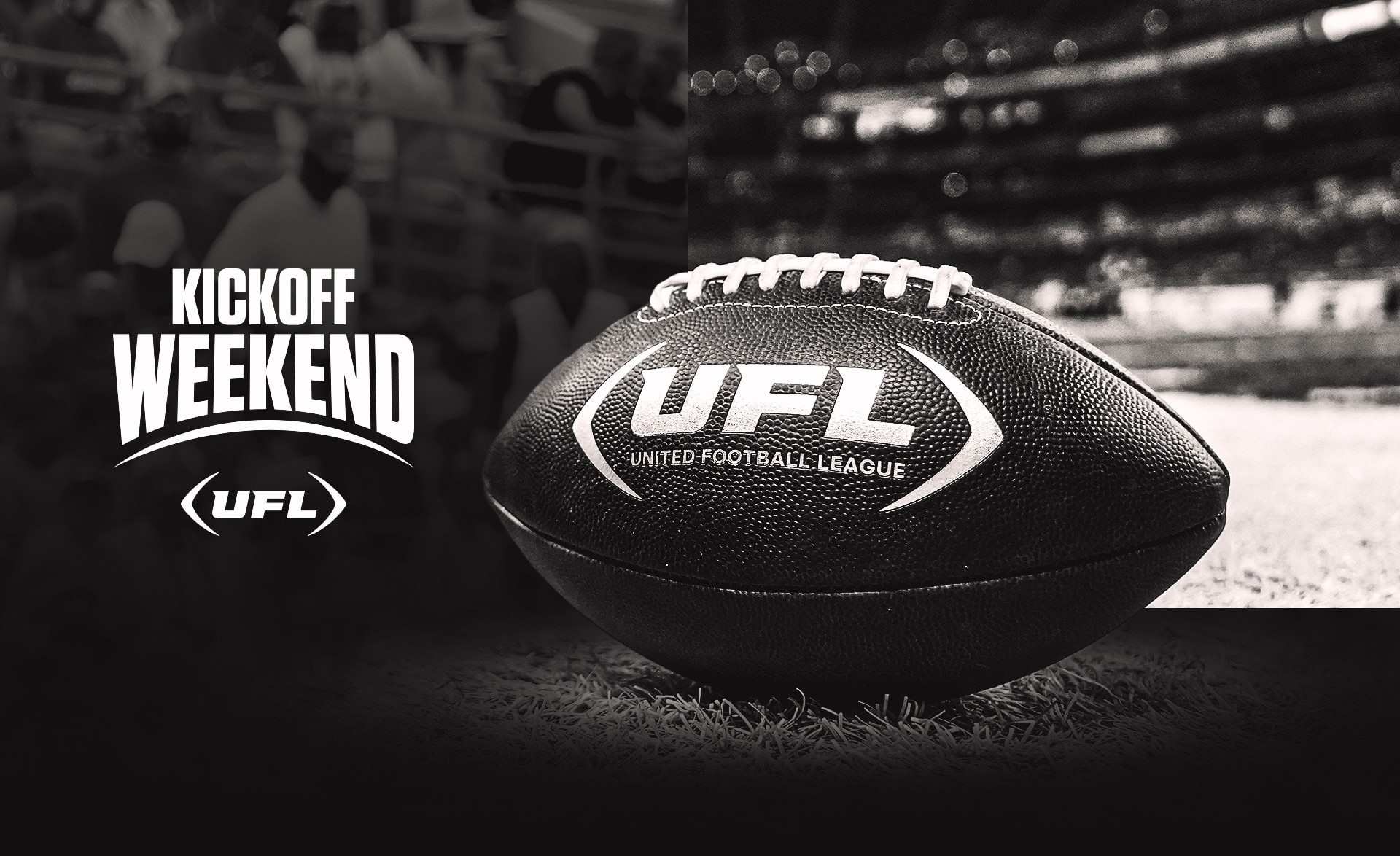

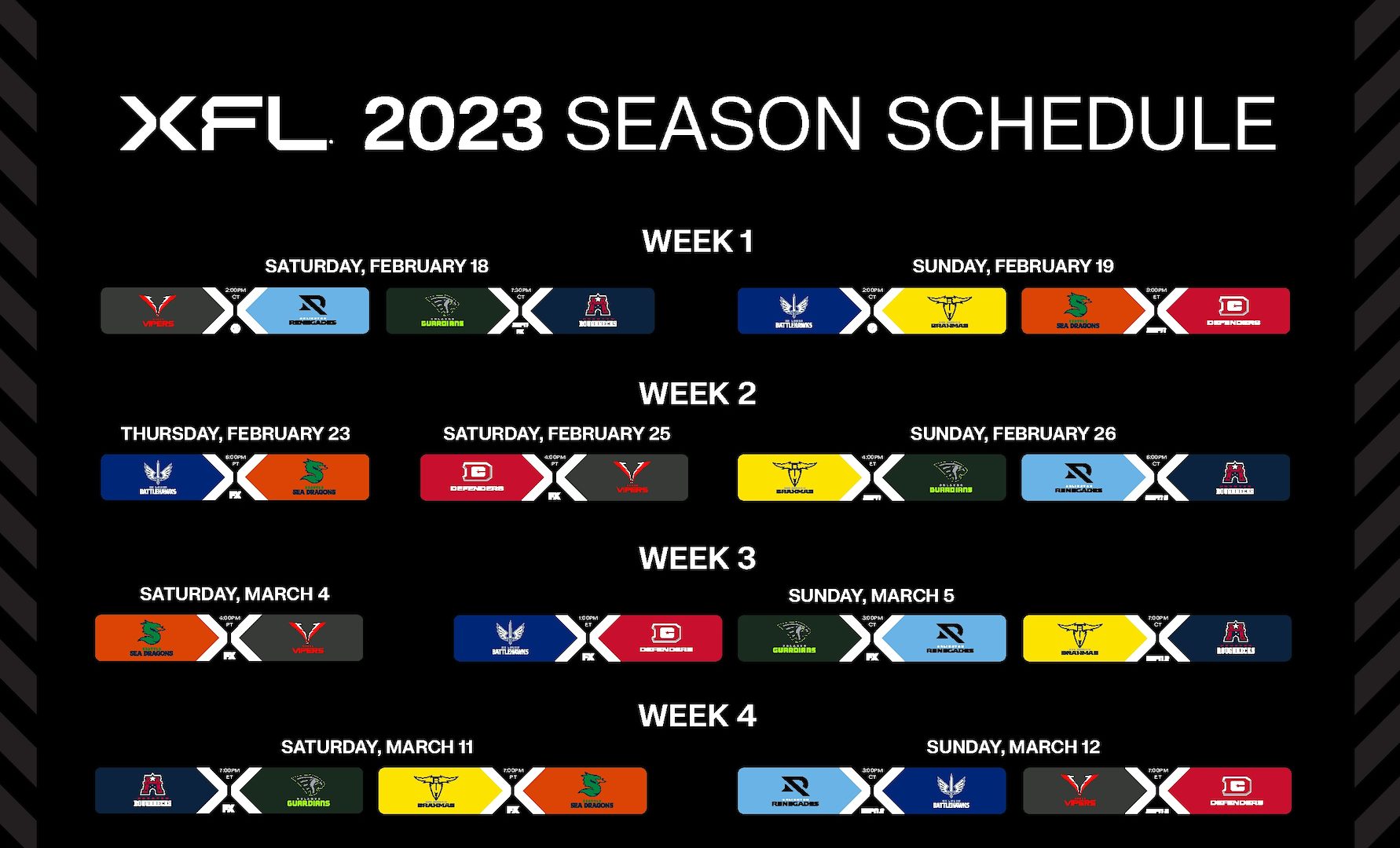
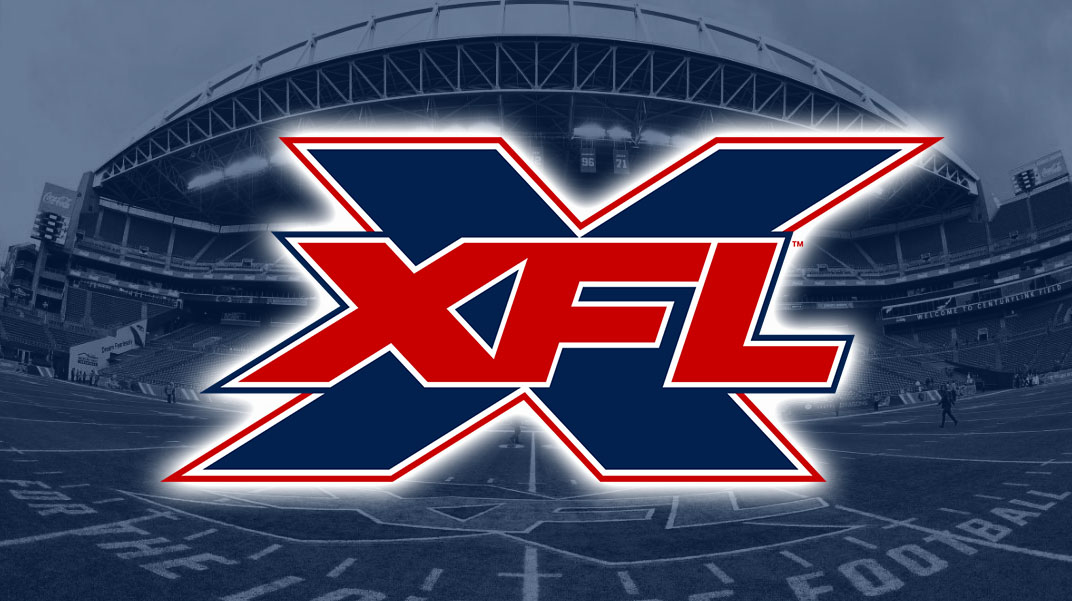
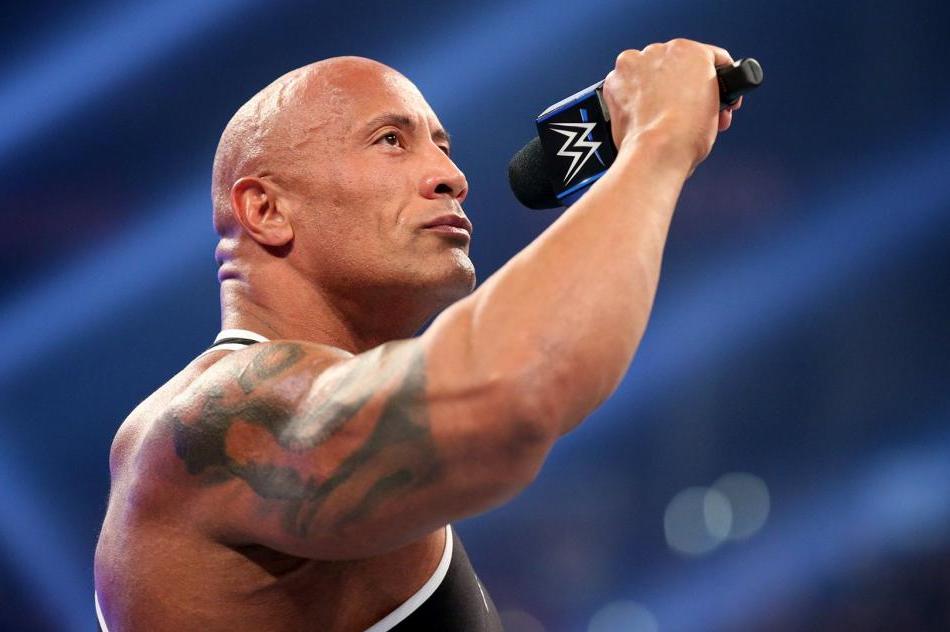
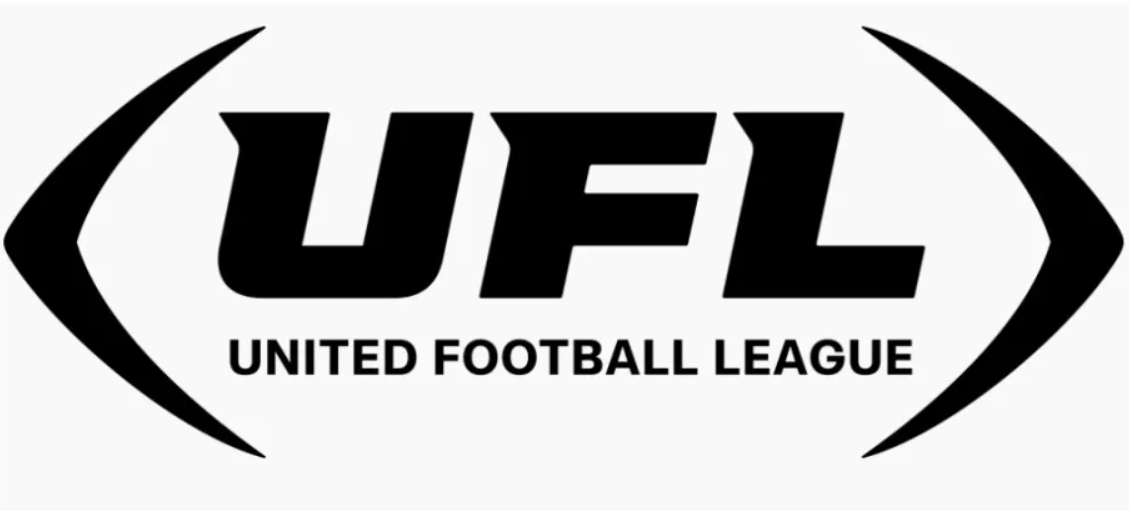
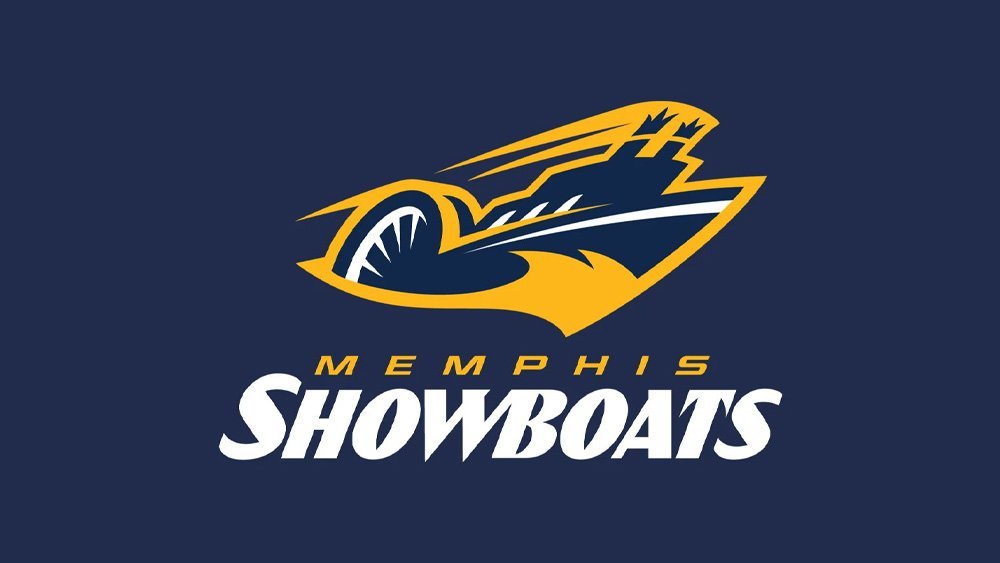

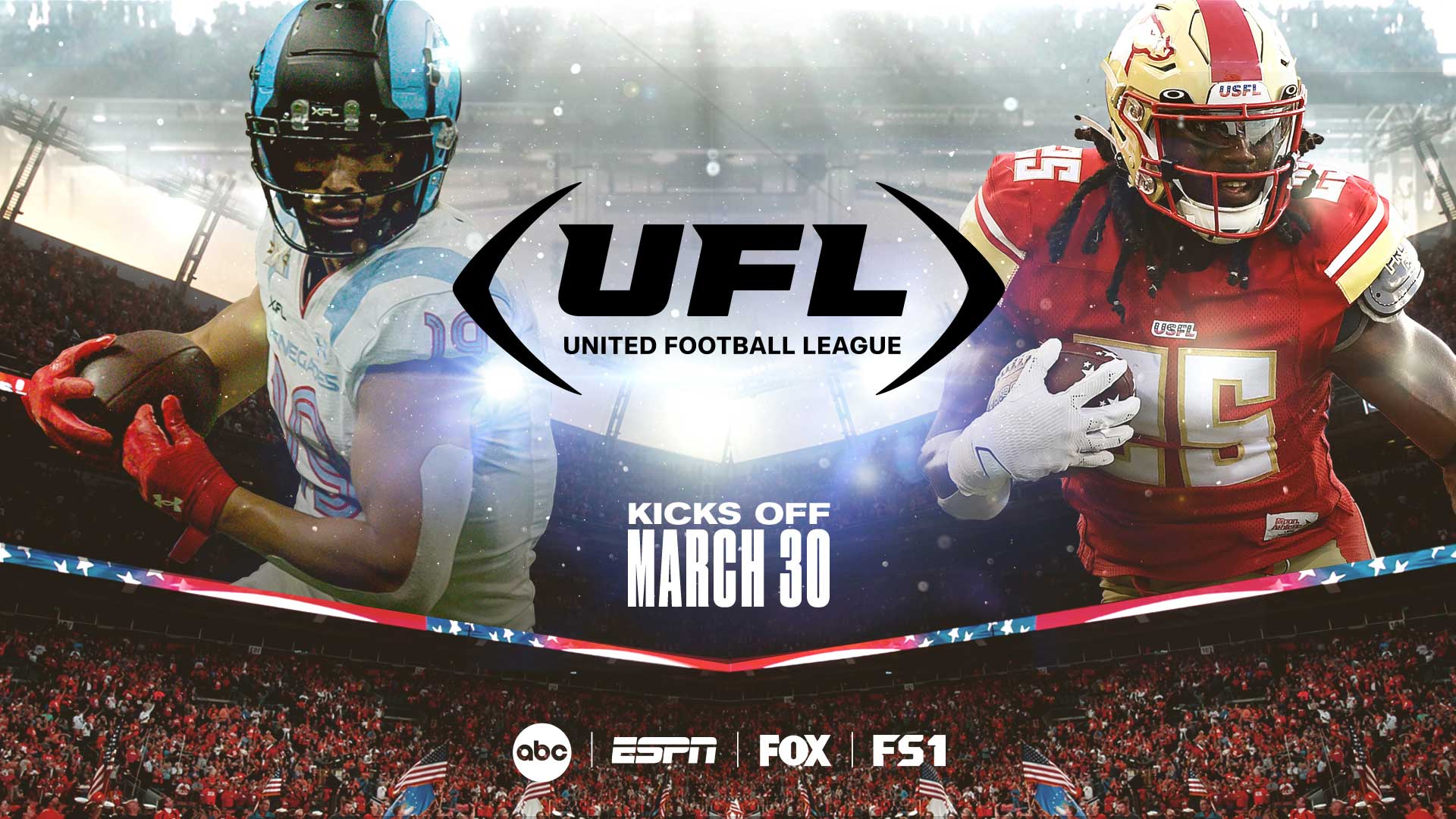

Good points here. Lots to digest and look into.
CFB has been good this year. Hopefully UFL is as entertaining. I’m optimistic.
It’s kind of hard to make an apples comparison here, since realistically the UFL (for now) is closer to most Group Of conferences and most “GOGO” games have been relegated to ESPN2, FS1, CBSSN (which isn’t Nielsen-rated), or CW.
And even in most cases when they do “make the jump”, they’re paired with a P4 team (three of the four CBS MWC games and the other a traditional Commanders Cup matchup).
But for the three games that have aired/will air on FOX, I’d use that as a floor, small sample size notwithstanding. And yes since they all featured/will feature Boise State, that points to a lot of Stallions/B-Hawks/Panthers over Friday nights when the UFL kicks off, that’s another discussion.
*The CIC Trophy
4th & Long, I remember you always being knowledgeable about the TV ratings. Just wondering if you had any feelings about how well the UFL ratings would do if there was California and New Jersey teams. I feel the ratings would grow as those parts of the country equate to millions of viewers, but geographically would appear to have no stake in the league. If they had a stake (felt the league invested in them), I feel the league would pick up viewership that would be worth the two expansion sites. Do you feel the ratings would grow to a place they could largely count on 1.5 to 2 million viewers for each weekly showcased game? Do you share my same belief?